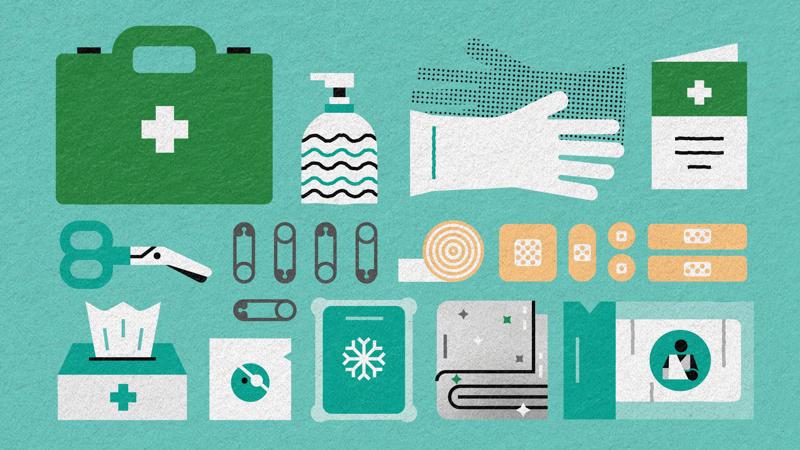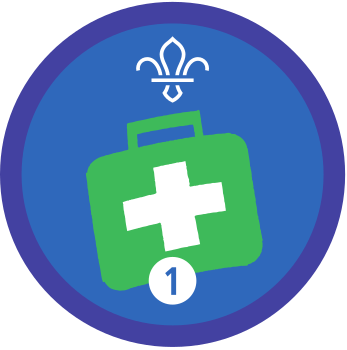
Be an emergency aider: choking
You’ll need
- Chairs
Before you begin
- Make sure the person leading the activity knows about first aid. Someone from your group or local area with a first aid certificate could take charge, or you could reach out to places that help provide first aid training or support, for example, St John Ambulance or the British Red Cross.
- You’ll need enough leaders for the activity, including enough people who are happy to demonstrate first aid techniques.
- Adults should only demonstrate and practise first aid on other adults; young people should only demonstrate and practise first aid on other young people. Adults and young people should never demonstrate or practise first aid on each other.
- Remember that this activity touches on topics that might be sensitive for some people. Give everyone the opportunity to step away if they need to compose themselves.
- You could combine this activity with other emergency aid activities and run it as one of several bases.
- Place the chairs in a semi-circle and get everyone to sit down so they can see the person who is talking.
Learn what to do
- Have a quick chat about our airways and why they are important. Everyone should take it in turns to share what they know about choking, including what it is, why it happens, how to recognise it, and what people should do to help.
- Use another adult as the casualty to show everyone what to do when someone is chocking. The first thing to do is ask them to clear their airway by coughing. If that doesn’t work, they should give them back blows. If that doesn’t work, they should demonstrate where to stand and put their hands to give the casualty abdominal thrusts, without actually giving an abdominal thrust. They should explain what they’re doing every step of the way.
- Everyone should get into pairs of young people. Each pair should take it in turns to practise asking their partner to cough, give back blows, and pretend to give abdominal thrusts (without giving them). Make sure adults are walking around so they can help if anyone’s finding it tricky.
- Everyone should come back together, and the person leading the activity should use information from St John Ambulance to explain how people would help a choking child or a choking baby.
Choking is where a person’s airway is partially or fully blocked by something which means they may be unable to breathe properly. If a person is couching it means the airway is partially blocked but if they can’t cough it means the airway is fully blocked.
The signs and symptoms are:
- difficulty breathing, speaking or coughing
- a red puffy face
- signs of distress and they may point to their throat or grasp their neck.
Treating choking is about getting the airway clear as soon as possible. This is done with back slaps and abdominal thrusts. St John Ambulance has more information about choking. Use this to explain and demonstrate what to do in the next step.
Reflection
This activity helped people to be responsible. Why is it important to stay calm, even though it can be scary to find someone choking? How do people feel now that they know they could help someone who’s choking? This activity was about learning essential skills. Can anyone remember the steps to treating someone who’s choking? Why do people think they start by asking the person to cough?
Safety
All activities must be safely managed. You must complete a thorough risk assessment and take appropriate steps to reduce risk. Use the safety checklist to help you plan and risk assess your activity. Always get approval for the activity, and have suitable supervision and an InTouch process.
If anyone can’t reach their casualty, or is unable to do things like giving back blows, they can still learn so they can instruct others. They may want to get into a group of three, so they can tell a third person what to do to help the casualty.
All Scout activities should be inclusive and accessible.
Put people’s skills to the test by creating some scenarios in your meeting place. Once groups enter, they’ll need to do a primary survey to work out what they need to do. You could also combine the skills people learned in this activity with other emergency aid skills and organise an incident hike.
Young people with first aid qualifications could help others if they’re struggling, with a leader supervising.
